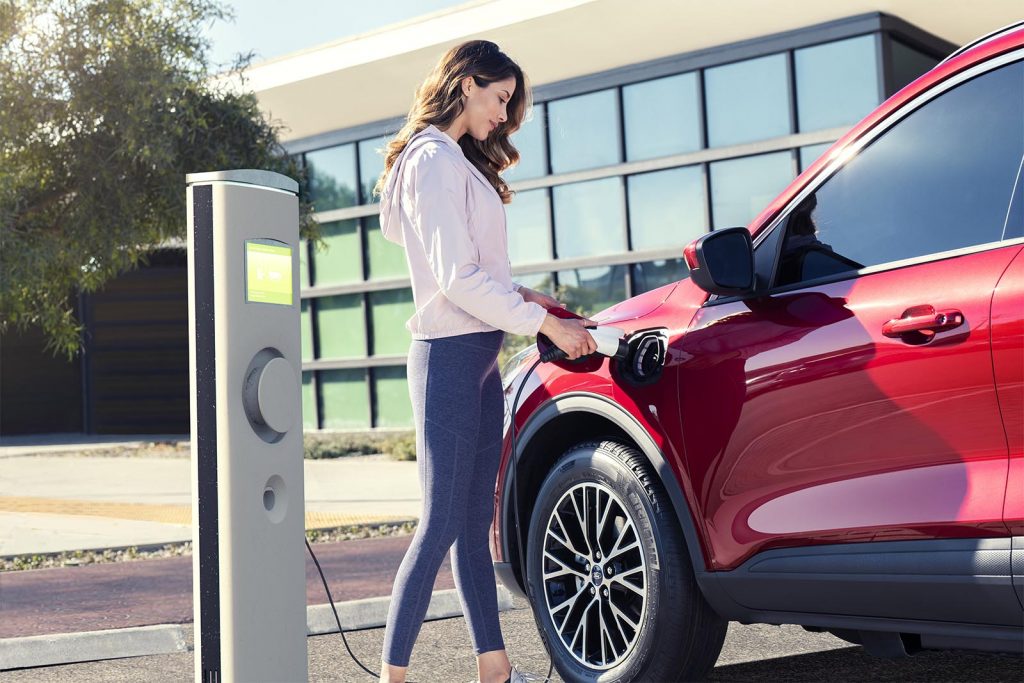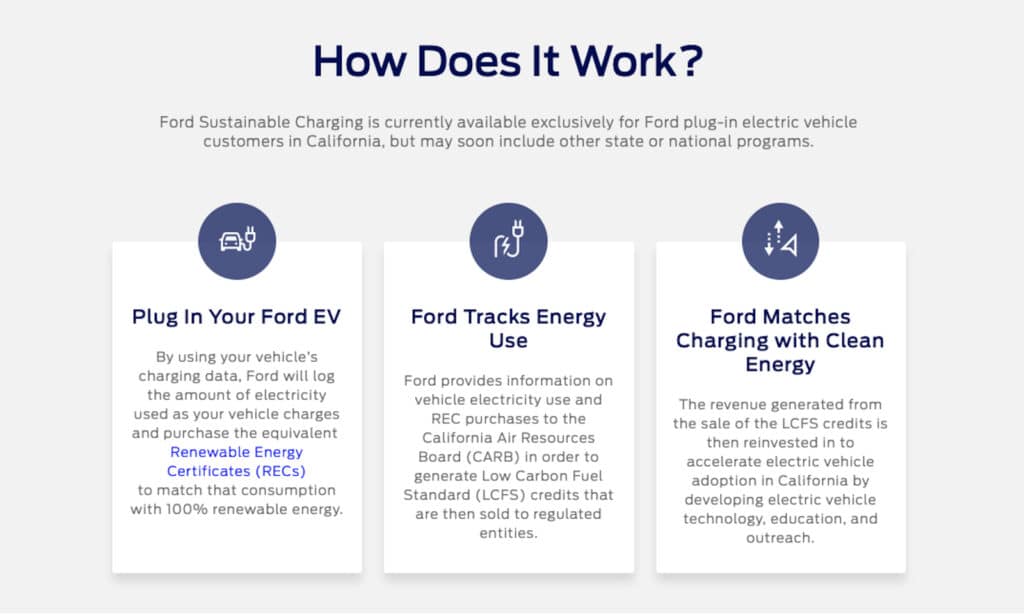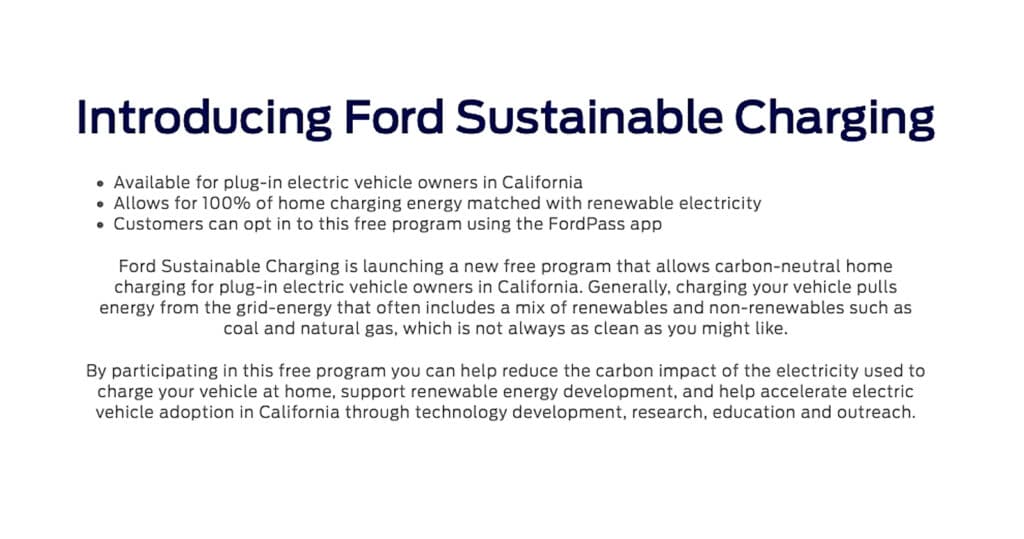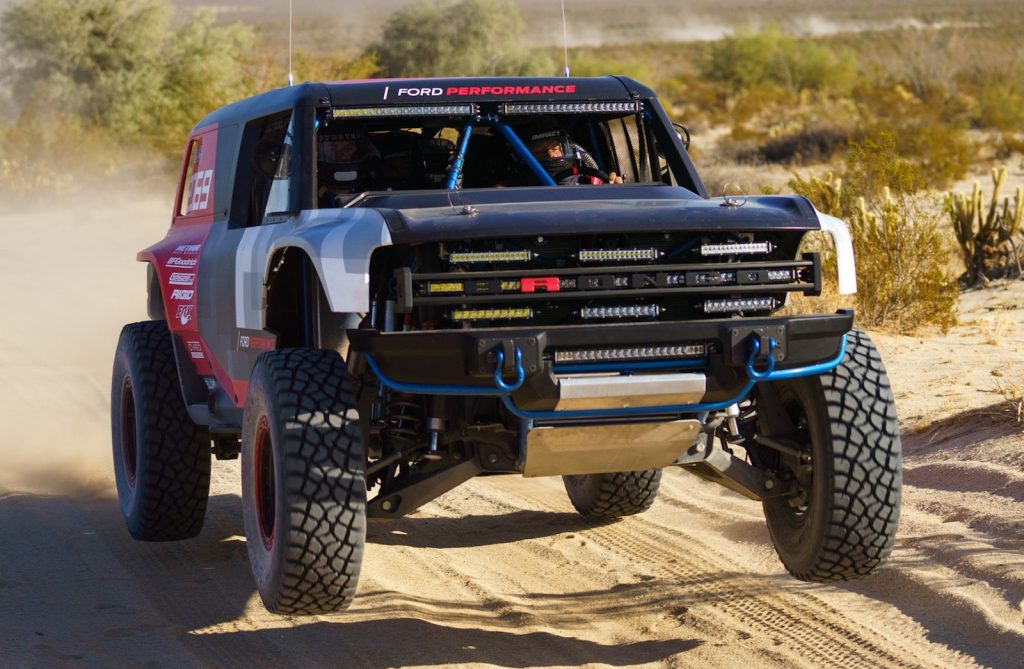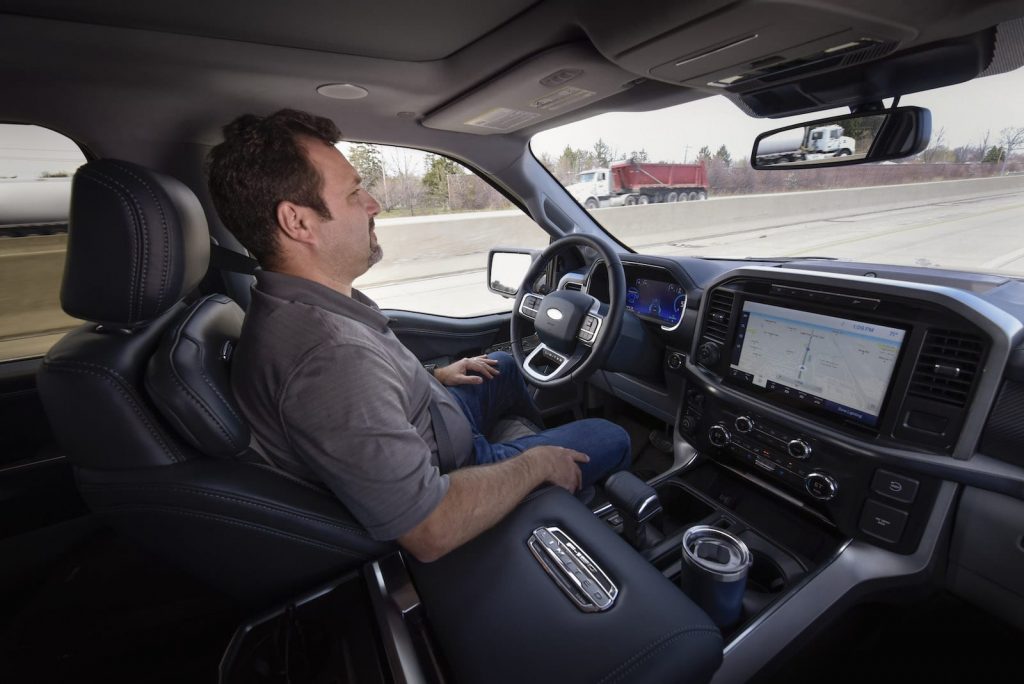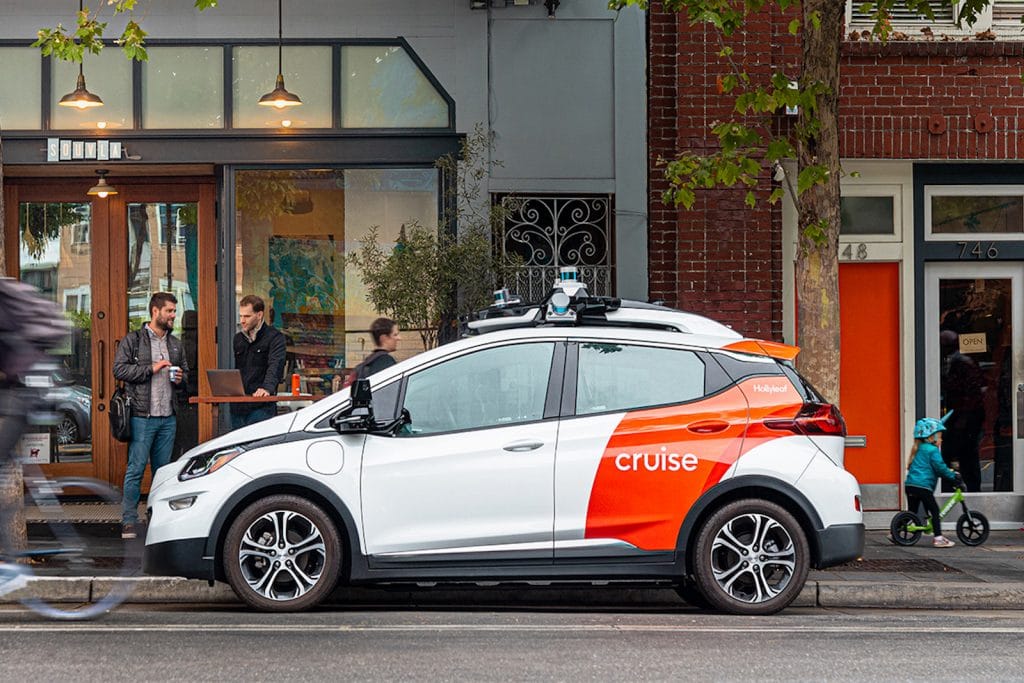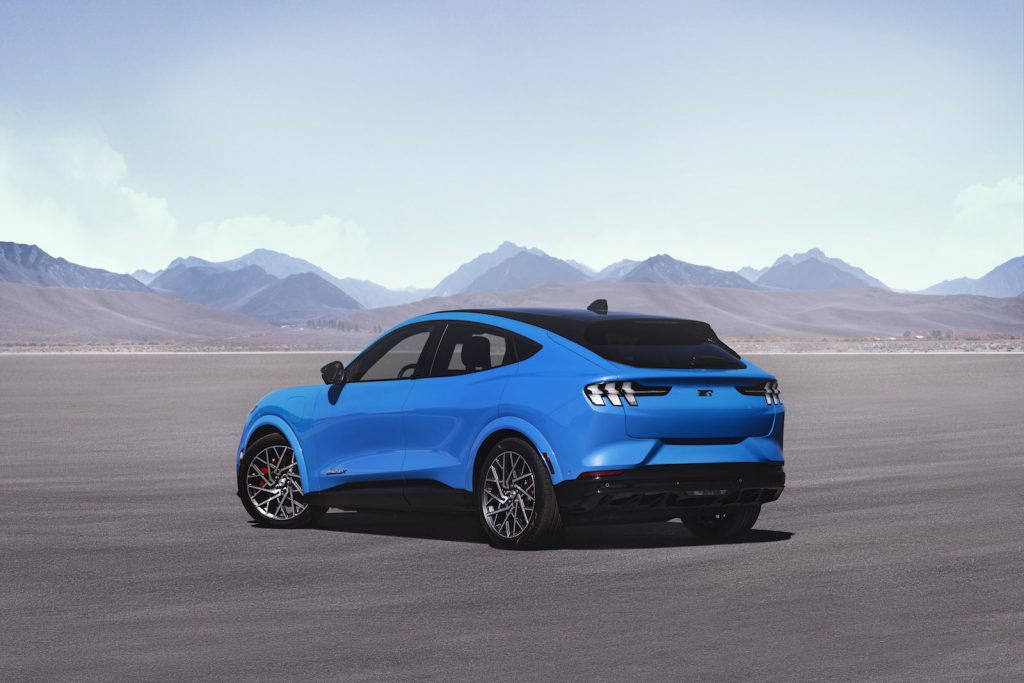Ford announced it’s recalling almost 185,000 F-150 full-size pickups. The 2021 and 2022 model-year trucks are experiencing driveshaft problems that could cause it to fracture.
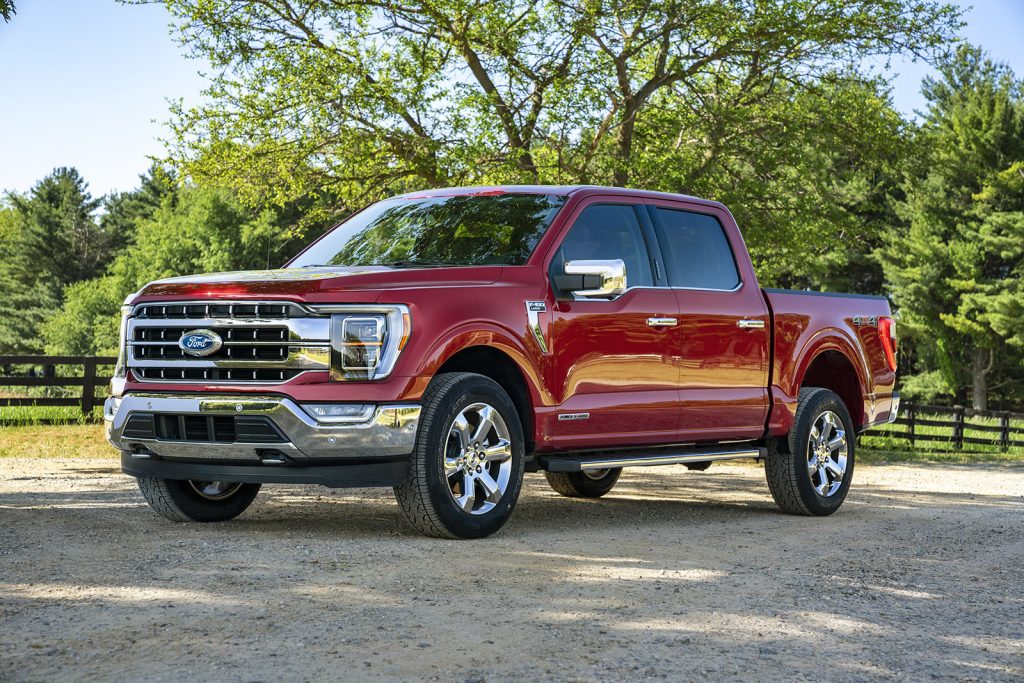
The issue only affects certain F-150 Crew Cab 4×4 pickups, according to the filing with the National Highway Traffic Safety Administration. The company’s began examining the issue since July.
The truck’s underbody thermal/acoustic insulators can loosen over time. If they come in contact with the truck’s aluminum driveshaft, they can cause scoring or marks. If this goes on long enough, the heat generated each time can eventually crack the driveshaft.
Potential results if the issue is not repaired
“A fractured driveshaft may result in loss of motive power,” the report states, “unintended vehicle movement while the vehicle is in park if the parking brake is not applied, and may result in secondary damage to surrounding components.”
Additionally, once fractured, the driveshaft could break loose and touch the ground, causing the driver to lose control of the pickup, potentially resulting in a crash. The company is unaware of any accidents or injuries caused by the problem.
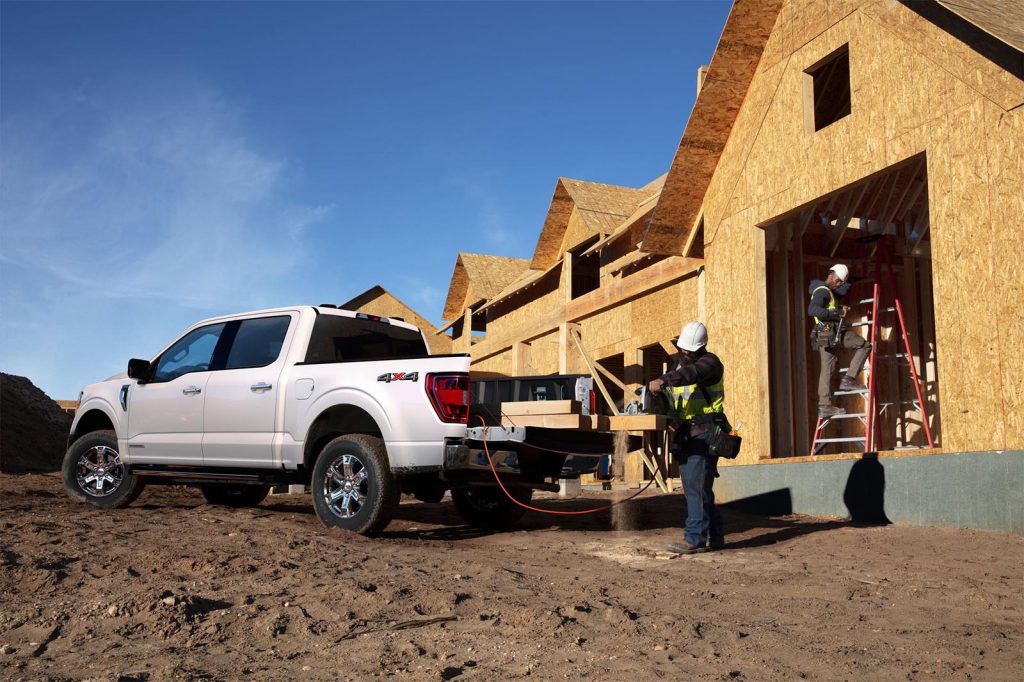
Owners are advised to look for a “loose underbody insulator.” They should also listen for a rattling, clicking or clunking noise due to the loose insulator coming in contact with the driveshaft. The scoring or marking on the driveshaft described earlier may also be visible.
Next steps
Ford’s taken steps to resolve the problem during production by swapping the underbody thermal acoustic insulator for an under-carpet thermal patch at the two plants — Dearborn (MI) Truck and Kansas City (KS) Assembly — already.
Dealers received the notice Tuesday, and owners will begin receiving notices in the mail shortly. They will be instructed to make an appointment with their dealer to have “positive attachment features adde to the underbody insulators.”
They’ll also inspect the driveshaft for scoring or marks that may have already occurred. This will be done at no expense to the truck owner.
As of Dec. 7, Ford received 27 reports of fractured aluminum driveshafts possibly related to sagging underbody insulators on the F-150s, the automaker said in an Automotive News report.

